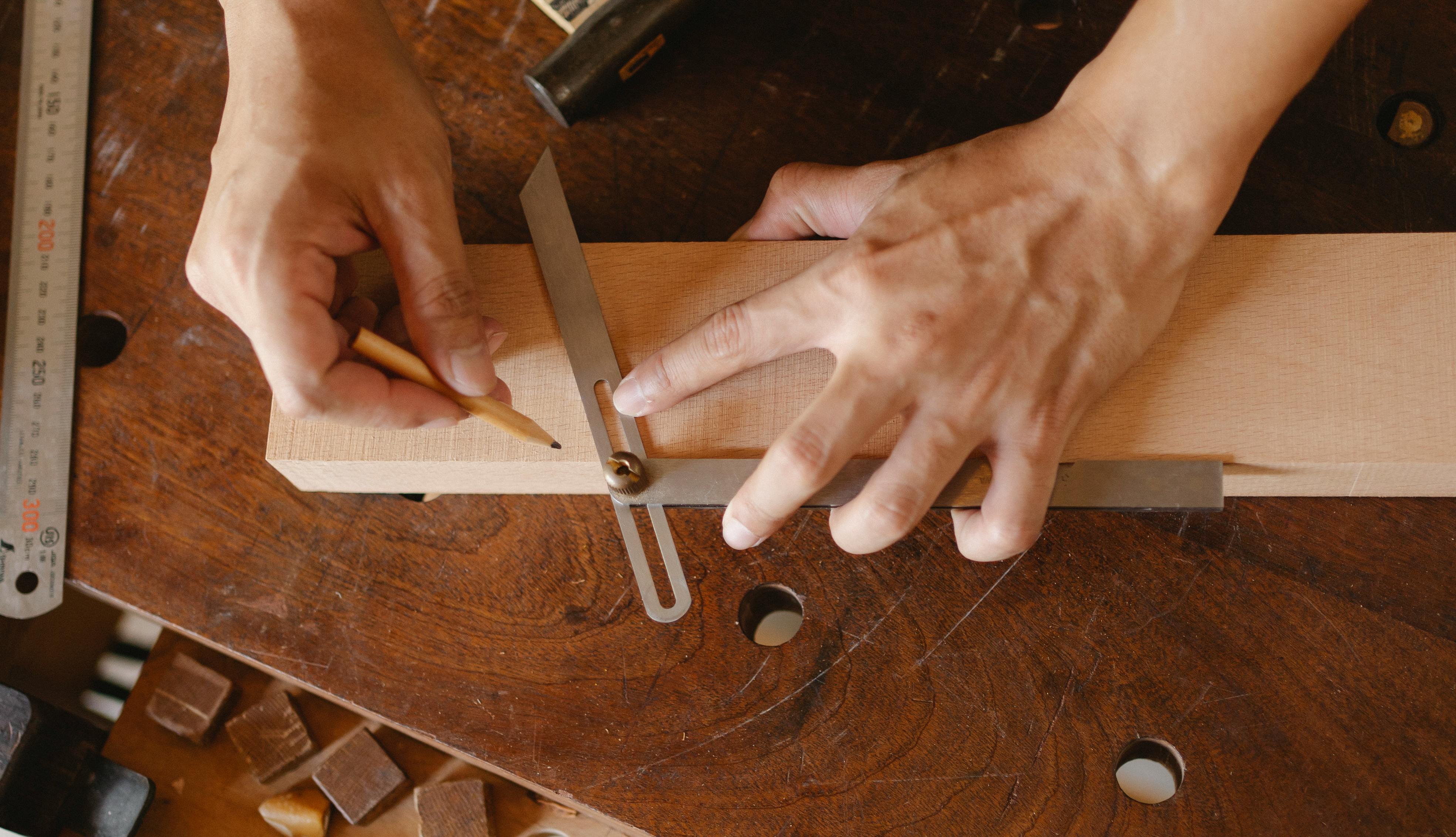Getting people comfortable in a group setting before a team meeting may be the best investment of ten to 15 minutes you can make. Icebreakers get the creative juices flowing, can increase brainstorming, establish team identity, and create a sense of community. All of these elements are important in forging the best productive teams. But how do you get people to participate and not feel uncomfortable with an icebreaker?
For meetings in a business setting where the participants are professionals, icebreakers that require actions not normally associated with everyday office behaviors often make people uncomfortable. Successful icebreakers for these types of groups typically consist of having attendees share memorable information with each other, creating innovative ways for people to introduce one another, or having group members work collectively on a problem where everyone needs to contribute. .
We’ve selected our top ten team meeting icebreakers that are sure to get your meeting participants relaxed and ready to focus on their agenda and connect with others in the group.
1. Brainstorm!:Divide the meeting into teams of four or five. Assign a topic to each team. Choose topics that are fun and simple like “What would you take on a trip to the desert?” or “List the things that are purple.” Give your teams two minutes, no more, and tell them “This is a contest and the team with the most items on their list wins.” Encourage teams to write down as many things as they can and not discuss anything, just list things as quickly as possible. At the end of two minutes, the team with the most items on their list wins! This helps people share ideas without fear of what others will think.
2. Same or Different:
Divide the meeting into teams of three or four and give each team a large piece of paper and then give each person a different colored marker. Ask each person to draw a large oval so that each oval overlaps the other ovals in the center of the sheet of paper. Provide the group(s) with a topic related to the goals of your meeting. Ask participants to write at least five or more entries in the non-overlapping and overlapping areas of their ovals. Give them five minutes, no more than that, to talk about their similarities and differences and write them in their own ovals on the paper. If there is more than one group, compare the results and identify common themes in both parts of the diagrams and what light these similarities and differences shed on the purpose of the meeting. This helps team members develop an understanding of shared goals and, without confrontation, learn how their views differ from others in the group.
3. Fact or fiction:
Ask everyone to write down three surprising things about themselves, two of which are true and one of which is made up. Each person, in turn, reads their list and then the rest of the group votes on which “fact” they feel is “false.” If the group does not correctly choose the “fact” made up by one person, then that person wins. A group can have more than one winner. At the end, the entire group votes on which of the final round “winners” had the most misleading “fact.” This helps people get to know and remember their colleagues.
4. Free association:
The object of this icebreaker is to have small groups come up with as many words or phrases as they can related to a particular topic that focus on the purpose of their meeting. Give the group(s) a keyword you want them to associate with, and then give them two minutes to list, as quickly as possible, all the words or thoughts that come to mind. For example, if your company is trying to decide whether to reduce travel and increase the use of teleconferences, you can use the word “teleconferences” and have people list all the words or phrases they can associate with the keyword. For example, they can say: “saves money”, “saves time”, “impersonal”, “needs to see other people”, “get distracted”, “sound quality”… This reveals what people are thinking, similarities into viewpoints, and possibly even problem areas or topics that need to be addressed or discussed further.
5.Name tags:
Prepare name tags for each person and place them in a box. As people enter the room, each person chooses a tag with their name (which is not theirs). When everyone is present, participants are told to find the person whose name tag they drew and introduce them and say some interesting things about themselves. When everyone has their own badge, each person in the group will introduce the person whose badge was initially given to them and mention something of interest about that person. This helps participants get to know and remember each other.
6. Desert Island:
Group people into teams of five or six and tell them that they will be marooned on a desert island. Give them 30 seconds to list all the things they think they should bring and each person has to contribute at least three items. At the end of 30 seconds, tell the teams that they can only take three things. Ask the person who suggested each item on the list to say why she suggested it and argue why her item should be one of the three chosen. This helps the team learn how each other thinks, learn about each other’s values, and how they solve problems.
7.Commonality Plus:
Group your meeting participants into tables. At each table, ask the group to list ten ways that everyone in that group is similar. Let them know that they cannot list body parts or clothing and that what they select cannot have anything to do with the job. One person at the table should be in charge of making your list. At the end of your time limit, have the group share their list with everyone in the meeting. This is a great opportunity for your reunion attendees to learn about each other’s hobbies, families, and common interests.
8. Line up:
As people enter your meeting, give each one a piece of paper with a different number written on it. Ask the group to arrange themselves in numerical order without using their voices, hands, or showing their number. This helps the team think of other ways to communicate with each other and work together toward a common goal.
9. Meet and greet at the shoe stack:
This works great in large groups and is an icebreaker variation of name tag. Ask everyone to take off one of their shoes and throw it in a pile. Have each member of the group pick up a shoe and walk around the meeting room waving to other people as they try to match the selected shoe to the one worn by another member of the team. This is a great way for new people to meet multiple members of a group.
10. First or worst:
Have each member tell the group their first or worst job in turn. This easy-to-use icebreaker also works great with teleconferences, allowing team members to start a conversation with each other and have fun discussing the work each has done. Many of our top ten icebreakers can be used for both on-site meetings and teleconferences. The nature of icebreaker activities is to get the group talking, sharing, and getting to know each other in an informal exchange. The best and most successful teams start with a little fun; learn to value what each member brings to the group. Icebreakers can help facilitate this sharing of information and comfort by doing it early in the team-building process.


